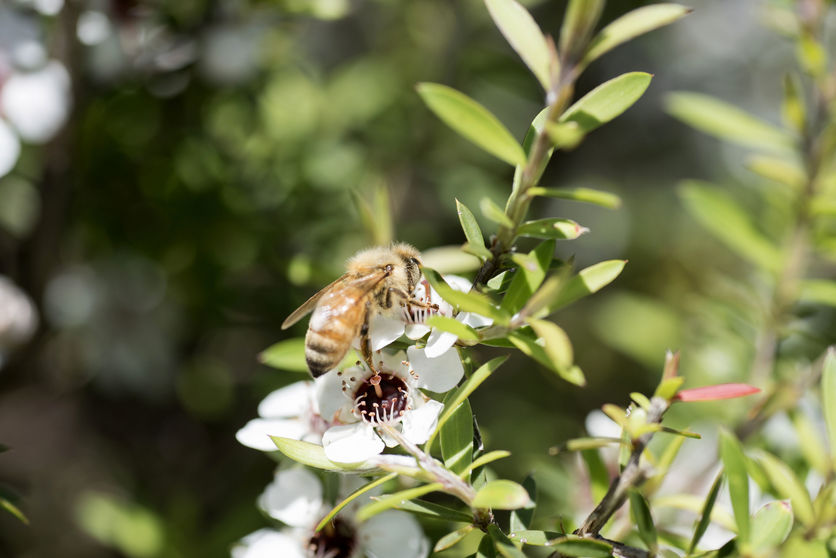New Zealand’s cultural and natural history gives us unique knowledge and materials for biotechnology.
New Zealand’s traditional knowledge
Māori culture and traditional knowledge, taonga, is passed from generation to generation. Several hundred years of experience make this a great source of knowledge about the properties and use of New Zealand’s natural resources.
Combining traditional knowledge with science has the potential to develop new biotechnologies. For instance, harakeke (flax) has a long history of use by Māori as a strong fibre for weaving and as rongoā (remedies) to treat wounds or stomach upsets. New Zealand company Industrial Research Limited (now known as Callaghan Innovation) worked with Māori to better understand their traditional uses of harakeke and to develop new uses.
See the video conference The Harakeke Project for more information.
New Zealand’s natural resources
New Zealand has been isolated from other countries for most of its geological life. This makes our indigenous flora and fauna unique. Scientists are investigating whether the properties of these unique organisms can be used to make new products such as cosmetic ingredients, bioplastics, medicines, biofuels and fabrics.
Biotechnology and sustainability
While science is finding new uses for New Zealand’s natural resources, we are also finding ways to look after them in a responsible and sustainable way. For example, using mānuka honey as a wound-care product has significantly increased the value of mānuka and caused a conscious effort to maintain areas of native mānuka bush.
People have been using honey to treat illnesses for thousands of years, find out more about using honey to heal.
Related content




